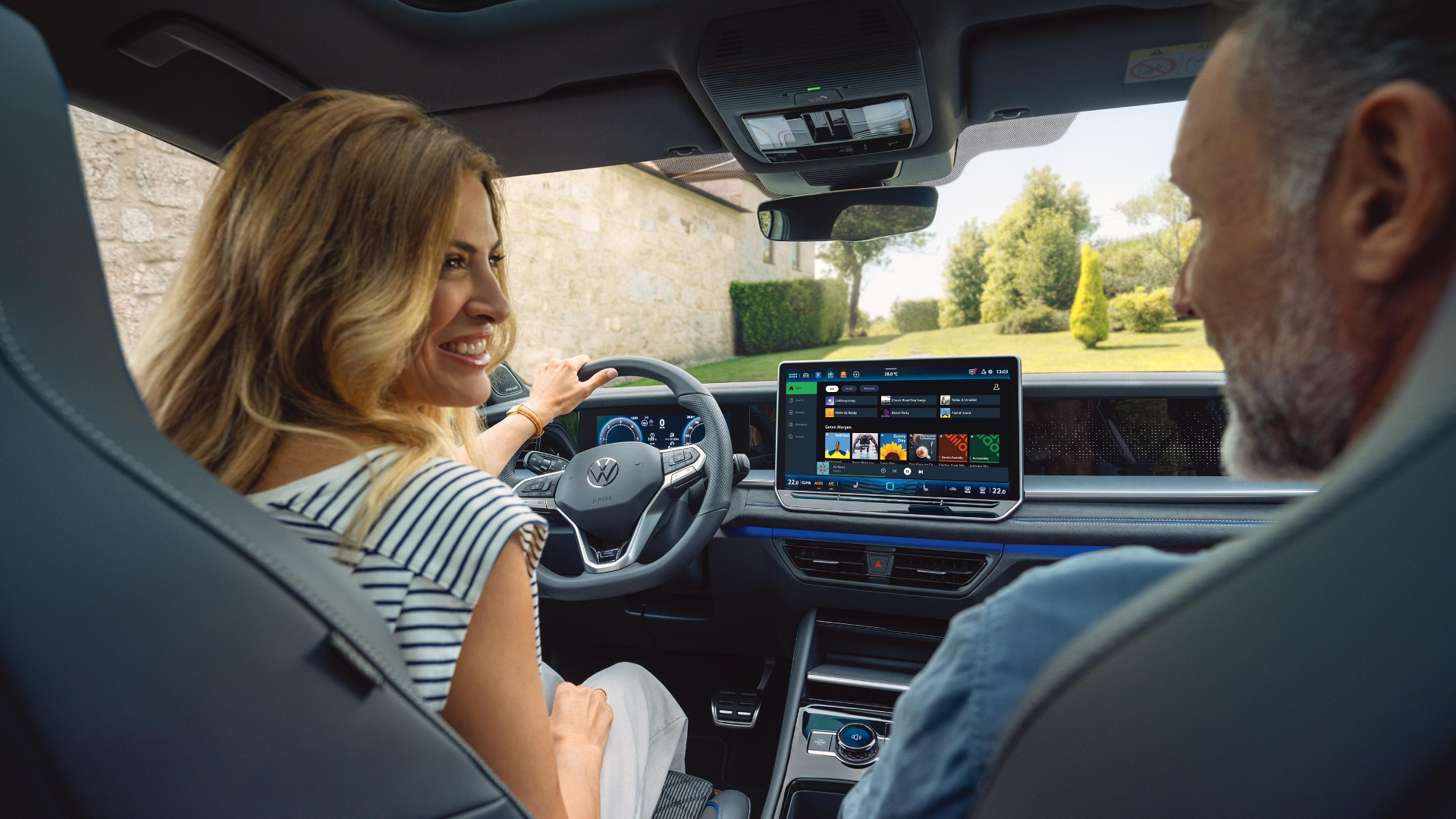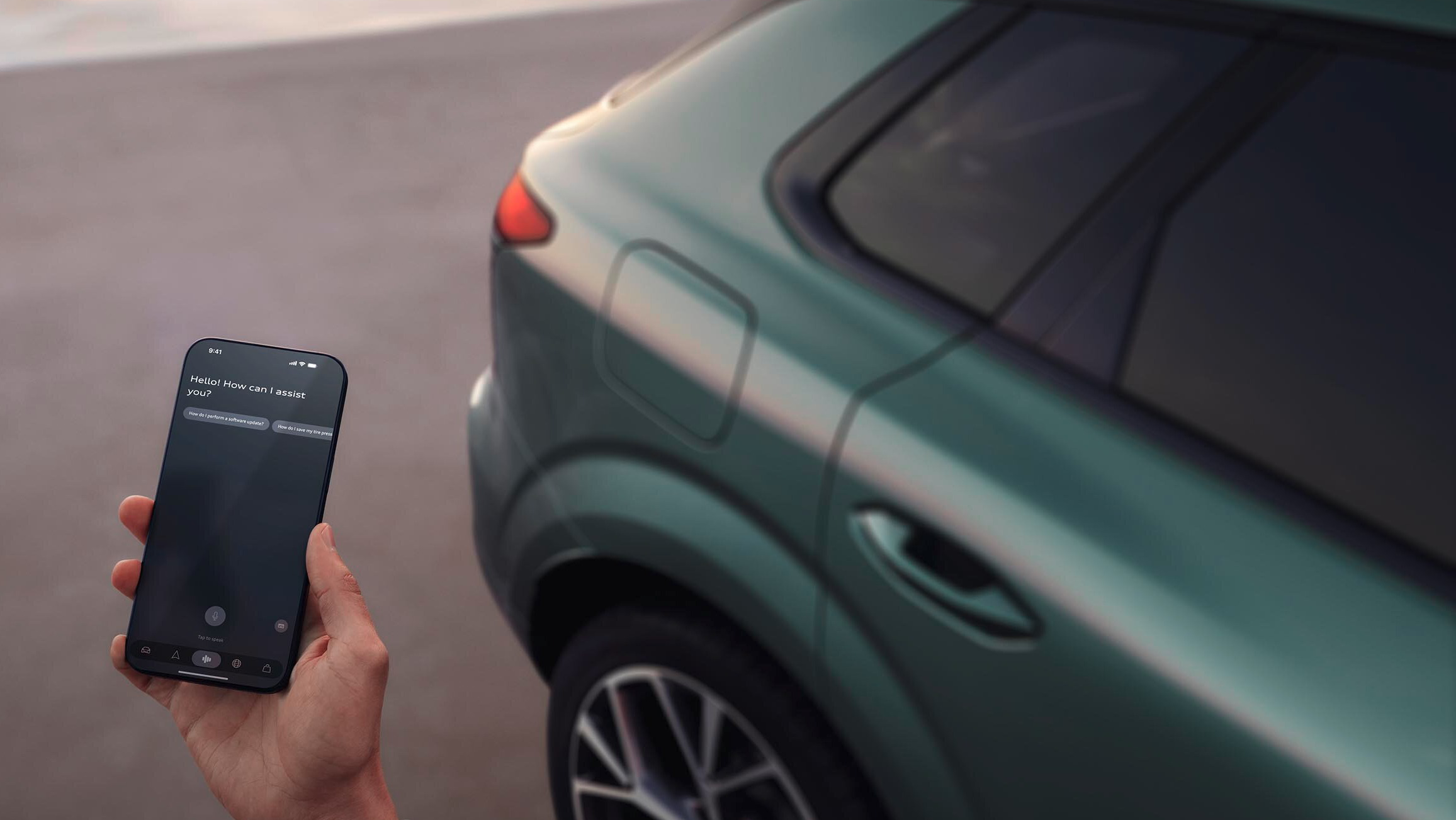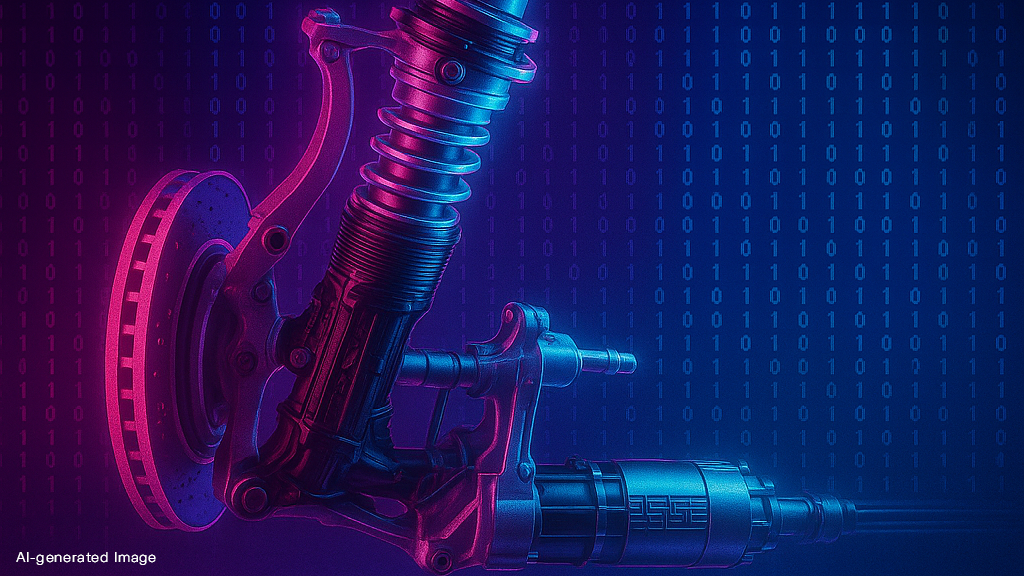Beyond the Screen: 6 ways software transforms how the car moves
When people think about software in cars, they usually picture infotainment screens, navigation systems, or voice assistants. In today’s Volkswagen Group vehicles, software is doing something far more fundamental – it is reshaping the way cars move, handle and respond to the world around them.

In close collaboration with the Volkswagen Group brands, CARIAD is developing a scalable software platform that handles vehicle functions from acceleration and braking to steering, damper control and even energy management. It’s the brain behind the brawn, turning raw mechanical power into a smart adaptive motion.
How is software redefining what it means to drive?
1. Turning input into motion – The driver interface
At its core, driving is about input and response: You press the accelerator, turn the wheel, hit the brakes, and the car reacts. In modern vehicles, this interaction is software driven.
The so-called Driver Interface is responsible for translating driver commands into digital control signals. It processes inputs from the steering wheel, pedals, and buttons, ensuring that every action is executed precisely, efficiently and above all safely.
For example:
- Driving behavior, terrain and real-time data are analyzed to optimize how the car reacts. If a downhill stretch is ahead, it subtly adjusts power delivery to conserve energy.
- Drivers can customize steering, acceleration and suspension settings for tailored driving experiences, all managed by software-controlled parameters.
This means driving inputs are interpreted, refined, and executed by software, ensuring a seamless connection between driver and vehicle. CARIAD is providing the scalable software solution that enables each Group brand to define the individual driving experience of their vehicles.
2. Precision control for electric motors – Power electronics
At the core of Volkswagen Group’s electric vehicles lies power electronics software, ensuring that the inverter and electric motor work in perfect harmony.
They regulate power flow from the battery to the motor, balancing performance and efficiency and can dynamically adjust motor behavior based on real-time demand and conditions. These systems allow for instant torque delivery while managing thermal efficiency, ensuring both power and longevity.
3. Smart, efficient acceleration – Propulsion control
Power delivery isn’t just about pressing the accelerator anymore – it’s about delivering torque intelligently and ensuring every joule of energy is optimized.
A dedicated control system optimizes how power is applied in Volkswagen Group’s battery electric vehicles (BEVs), plug-in hybrids (PHEVs), and internal combustion engines (ICEs). The key features:
- Instant adaptation for smoother acceleration – the system dynamically adjusts torque and power distribution based on driving conditions, ensuring responsive performance without unnecessary energy loss.
- Optimized efficiency and range – By managing torque and speed interventions in real-time, the system helps maximize electric range, improve fuel economy, and enhance overall efficiency.
- Refined driving experience – Whether in a performance EV or a fuel-efficient hybrid, the system delivers predictable, controlled acceleration, enhancing the driver’s comfort.
The result? More control, smoother acceleration, and optimized range – thanks to software.
4. Intelligent control for every drive – Longitudinal control
Braking used to be about just stopping a car. Now, it’s an opportunity to recover energy, improve safety, and enhance comfort. The longitudinal control system manages everything from all-wheel drive, over recuperation to component protection across Volkswagen Group vehicles.
- Maximized energy recovery – Brake pedal recuperation ensures efficient energy regeneration in the vehicle without compromising braking performance.
- Adaptive power distribution – Torque distribution and wheel speed control dynamically shifts torque between rear- and all-wheel drive, optimizing grip, efficiency and performance in real time.
- Extended component lifespan – Vehicle and component protection adjusts braking and acceleration patterns to reduce wear and improve durability, keeping the drivetrain system running smoothly for longer.
The real-time braking algorithm makes every slowdown an opportunity to put energy back into the battery, extending range without the driver even noticing. At the same time, the all-wheel drive software turns every acceleration into an efficient one, while the all-wheel drive controller ensures the optimal distribution for dynamic driving, making the vehicles sporty, agile, and safe.
5. Adaptive steering and suspension for every road – Vertical & lateral control
Most drivers don’t think about suspension software, until they experience it. The Vertical & Lateral Control system handles steering, damping, and torque vectoring, ensuring every corner and bump is handled intelligently.
- Smarter aerodynamics and comfort – The system lowers ride height at high speeds for better efficiency and softens suspension over potholes while maintaining stability.
- Real-time chassis and steering adjustments – Adaptive chassis control continuously adjusts damper stiffness based on road conditions, while steering software adapts steering ratio for effortless driving with high-speed precision.
- Precision torque distribution – Torque vectoring optimally balances power between wheels, reducing understeer, controlling oversteer and enhancing overall stability for sharper, more dynamic handling.
In real-time, it predictively tunes the dampers – entirely controlled by software.
6. The power of predictive data
Software doesn’t just enhance how a car moves – it also predicts what’s ahead, supported by cloud-based road data, swarm intelligence, and predictive maintenance for Volkswagen Group vehicles. From avoiding a pothole before you hit it to knowing when your brakes need attention, predictive data turns Volkswagen Group cars into proactive, intelligent driving companions.
- Proactive road awareness – Road condition awareness alerts drivers to icy patches, potholes and slippery roads before they encounter them, using anonymized fleet data.
- Smarter maintenance planning – Driving patterns are analyzed to anticipate maintenance needs, reducing unexpected repairs and improving reliability.
- Intelligent motion control – Vehicle motion management orchestrates steering, braking, and acceleration for automated driving and parking, ensuring smooth, safe and precise trajectory control.

Software is Motion
The experience isn’t just about mechanics and horsepower. It’s about software optimizing every moment of motion. Volkswagen Group cars aren’t just adapting to the road – they’re predicting, learning, and improving in real-time.
The next time you accelerate, brake, or steer, remember: it’s not just mechanics at work, its software making every move smarter, smoother, more comfortable, more exciting and more efficient than ever before.




